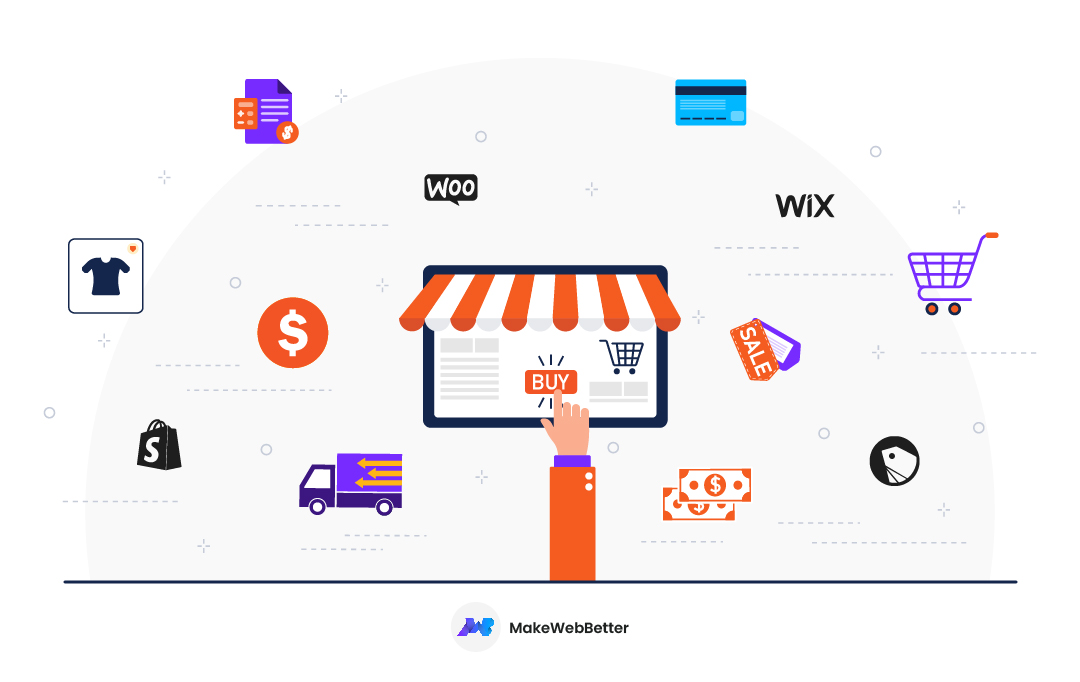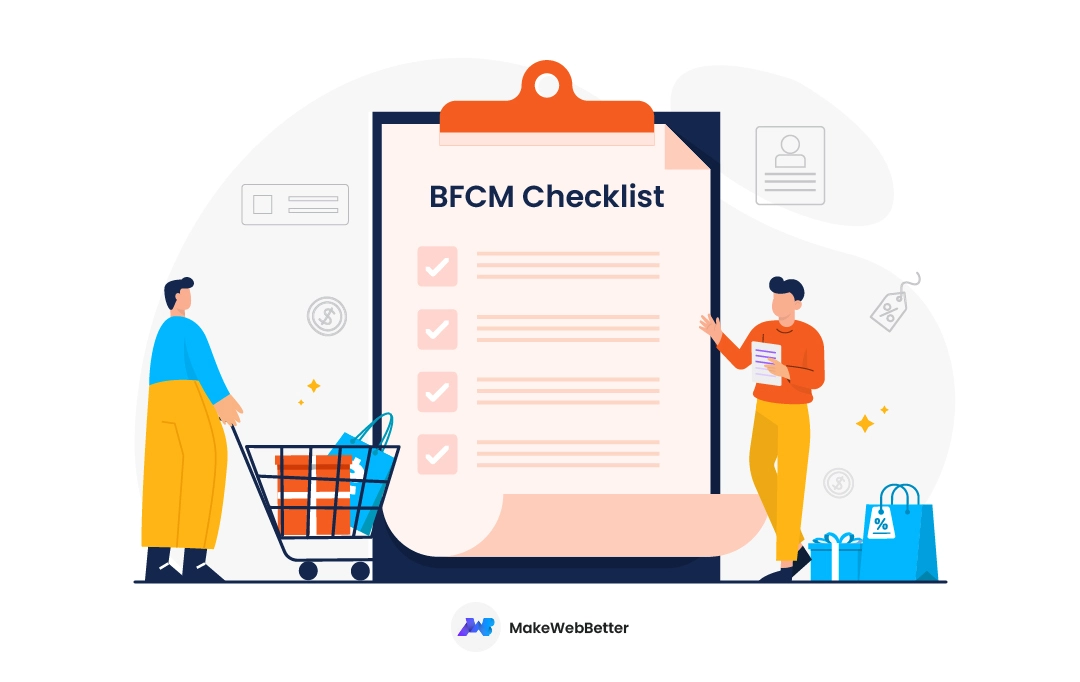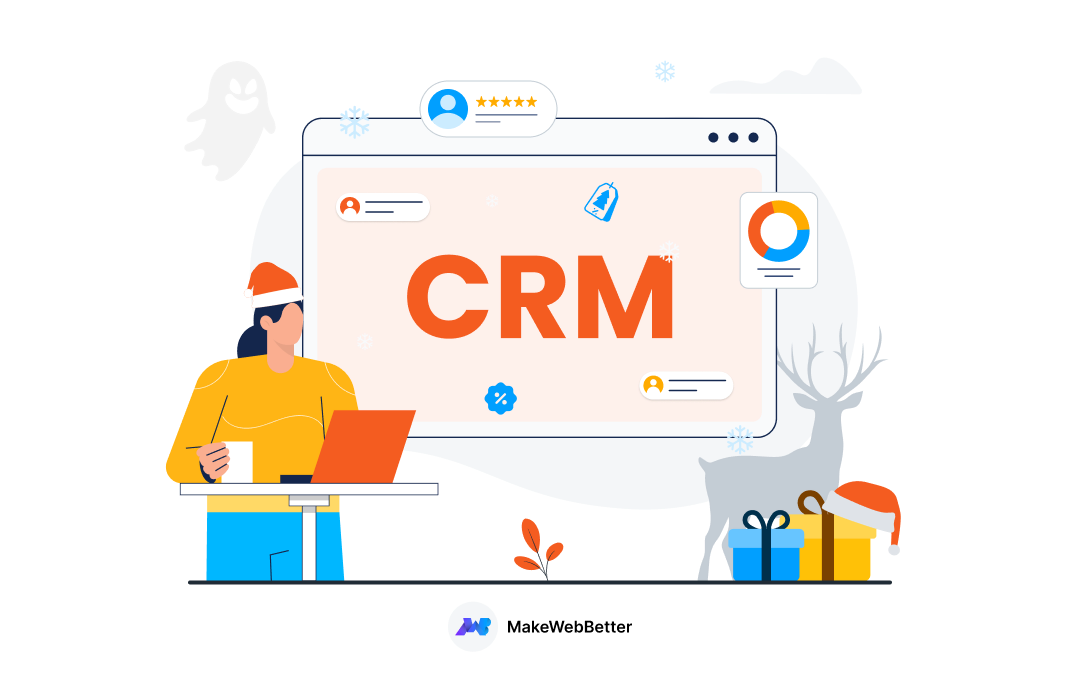Southeast Asia consists of 11 countries, but there are tens of thousands of merchants selling daily online. Owing to the diverse demand and preferences, any business can flourish. And so is your idea to set up your eCommerce in Southeast Asia.
Today, we will explore what possible eCommerce platforms in Southeast Asia can be of your use, from setting up your website to running your store. Let’s begin!
In this read…
Choosing the Right eCommerce Platform In Southeast Asian Region
The growth of eCommerce in Southeast Asia has been a topic of interest. The value of eCommerce Sales in Southeast Asia has been projected to reach US$109.60bn in 2023.
With the business in Southeast Asia showcasing tremendous transition; demand and supply from both ends have been eminent. Everyone wants in, but very few know the perfection of doing eCommerce in Southeast Asia.
So, here we have an eCommerce platform list that will help you take your first step into the Southeast Asia market.
Shopify

One that tops the eCommerce platform list is Shopify, no matter where you want to sell online, you can even use Shopify to sell without inventory. If you’re looking for your eCommerce store to be super convenient and packed with high-end features, then Shopify is the right choice.
Shopify & Shopify Plus offer tools and features to help build and manage online stores. They both are cloud-based (SaaS) eCommerce platforms which means they’re accessible on a browser (no need to install software on a desktop).
The fresh data showcases a total of Shopify users to be over 687,100 worldwide. Now, let’s talk about what unique it has to offer.
Localization of eCommerce in Southeast Asia With Shopify
- Shopify Tax – To help calculate due taxes based on the region where products are sold.
- Shopify Payments – Shopify supports payments all across the world employing renowned payment gateways. Moreover, Shop Pay is an express checkout option that lets customers save their email address, credit card, and shipping and billing information.
- POS Go – Shopify POS Go helps you accept payments and close in-person sales. For this, you just need to set up & purchase a Shopify POS plan. However, it’s only available in Hong Kong & Singapore in the entire SEA region.
- Shopify Markets & Localization – It facilitates Cross-Border Selling and helps manage your international markets, all from a single store. Enable multiple languages from your Shopify admin to create separate URLs for your translated content
- Local Currency – Sell in local currencies. Customers can view prices in your online store, pay for their orders at checkout, and receive refunds in their local currency.
WooCommerce

A WordPress site owner just needs a plugin for an online store. If you’re one then your eCommerce store is just one step away.
Also an open-source eCommerce platform, WooCommerce is a WordPress plugin that brings everything to build and customize an existing WordPress site.
The best part, it’s absolutely free. WooCommerce currently hosts 1,135,722 eCommerce stores which are about one-third of the currently active online stores which use an eCommerce platform.
Localization of eCommerce in Southeast Asia Using WooCommerce
- Translation – WordPress claims to have several methods to create a translation, most of which are outlined in the WordPress Codex.
- WooCommerce Tax – It’s an extension to your WordPress which helps calculate sales tax to be collected for respective WooCommerce orders. Automated tax collection is done based on city, country, or state (whichever is applicable) at the checkout itself.
- WooCommerce Express & Shipping – To have the top eCommerce in Southeast Asia, you need to keep in check the fulfillment and shipping. There are several shipping methods available with WooCommerce – Flat Rate Shipping or Local Pick Up based on identified Shipping Zones.
- WooCommerce Payments – WooCommerce brings a wholesome selection of all the options to accept payments. It charges a transaction fee based on region, currency, & payment mode chosen by your customer.
- WooCommerce POS – For businesses that want to integrate their online and physical store operations, WooCommerce POS is an excellent solution. It allows seamless in-person transactions, making it easier to manage inventory and sales across both online and offline channels, especially beneficial for businesses expanding in the diverse Southeast Asian market.
If you don’t like a fee per transaction then you might like FormPay.
WiX

WiX is a very popular option when it comes to effortless website builders. You can create a website from scratch using WiX for free. Although, the paid upgrades for WiX are also available.
WiX too is a cloud-based website builder which hands you the ability to create professional-looking websites without any technical expertise.
The drag-and-drop options solely make WiX worthwhile to bring your dream of the top eCommerce in Southeast Asia to reality.
Localization of eCommerce in Southeast Asia With WiX
- Local Payments – Wix collaborates with various payment provides and has its own payment solutions. So, you won’t need to go anywhere else to accept payments from your customers.
- Logistics & Fulfillment – You get the most renowned logistics providers in Southeast Asia. In addition to this, you have the option to enable Express Shipping.
- Wix Multilingual – You can add WiX Multilingual from the Editor, Editor X, or the app market. With this, you’ll have the option to auto-translate site content.
Shopline

Even though Shopline isn’t one of the popular platforms for eCommerce, it is quite popular as one of the best eCommerce platforms in Southeast Asia. Native language, region-specific delivery partners, or local payment methods; you name it and you’ve got it at Shopline.
In addition to this, Shopline has a remarkable interface as a website builder, you can custom-build your online store as per your choice. Moreover, it offers integrations with tons of eCommerce solutions.
Localization of eCommerce in Southeast Asia With Shopline
- Shopline Payments – The Payments solution is available for stores operational in certain countries. The payment methods include – Stipe, PayPal, WeChat Pay, Apple Pay, UnionPay, JCB, Ocean Payment, Alipay, GrabPay, Pingpong Pay, & Airwallex.
- Local logistics – Shopline has all the options – J&T Express, Ninja Van, DHL, & other universal ones. Moreover, there are some region-specific too, for example – Kerry Express in Thailand; SingPost in Singapore, LBC in the Philippines, & PosLaju in Malaysia.
- Native Language Support – Attend to customer queries by providing customer service in local languages — Filipino, Indonesian, Malay, Singaporean Mandarin, Thai, and Vietnamese.
Globally Popular eCommerce Platforms
Although, there are many other significant eCommerce platforms popular globally – Squarespace, Opencart, Magento, Wix, Prestashop, X-cart, Ecwid, & BigCommerce.
Base, ZenCart, Color Me Shop, EC Cube, MakeShop, & are preferred in Japan.
4 Best Southeast Asia’s eCommerce Marketplaces
You might have encountered the popular Southeast Asia eCommerce companies popular in South East Asia in your internet time. Lazada, Shopee, Tokopedia, Grab?
No? Doesn’t ring a bell?
No prob! Accepting the fact that you might’ve been utterly oblivious to SEA eCommerce, we’ll explore how you can begin selling online in SEA through these multi-vendor channels.
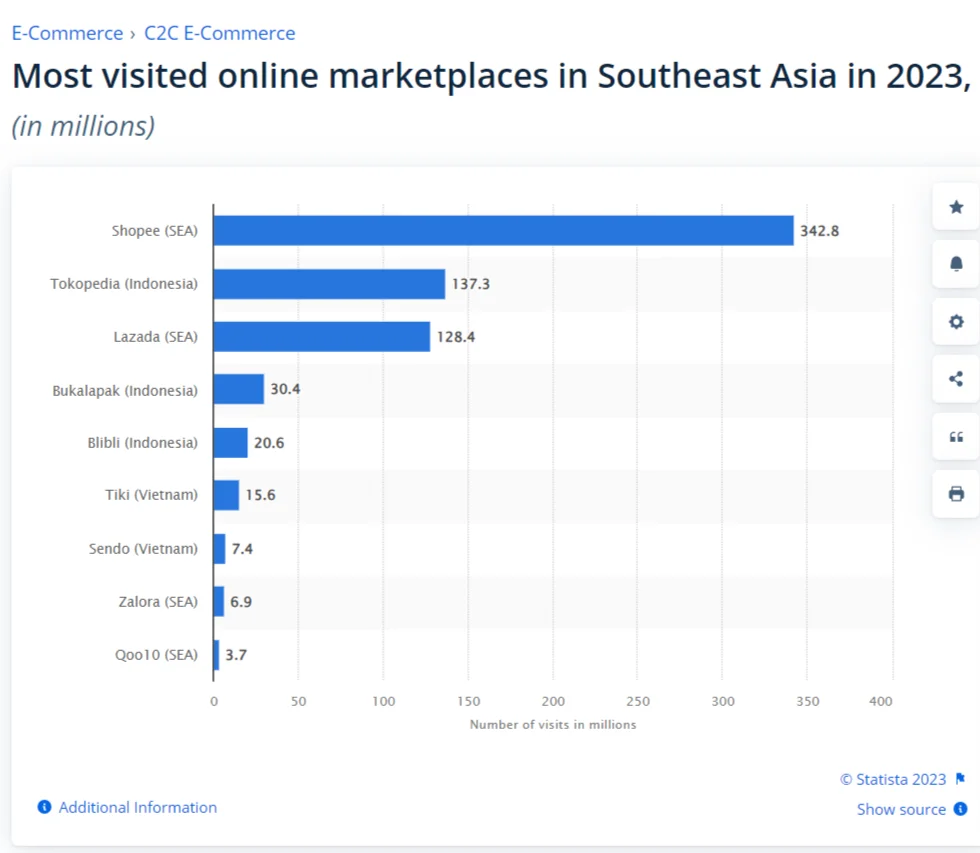
Source: Statista
Popular eCommerce Platforms in Southeast Asia:
- Indonesia – Lazada, AliExpress, Shopee, Tokopedia, Bukalapak, & Blibli.
- Malaysia – Ezbuy, AliExpress, Shopee, PrestoMall (11street), & Lelong.my, & Lazada
- Thailand – JD Central, Central Online, AliExpress, Lazada, & Shopee.
- Singapore – ezbuy, Qoo10, Shopee, Lazada, & AliExpress.
- Philippines – Carousell, Goods.Ph, Lazada, AliExpress, & Shopee.
- Vietnam – Tiki.vn, Sendo.vn, Adayroi.vn, AliExpress, Shopee, & Lazada.
Shopee
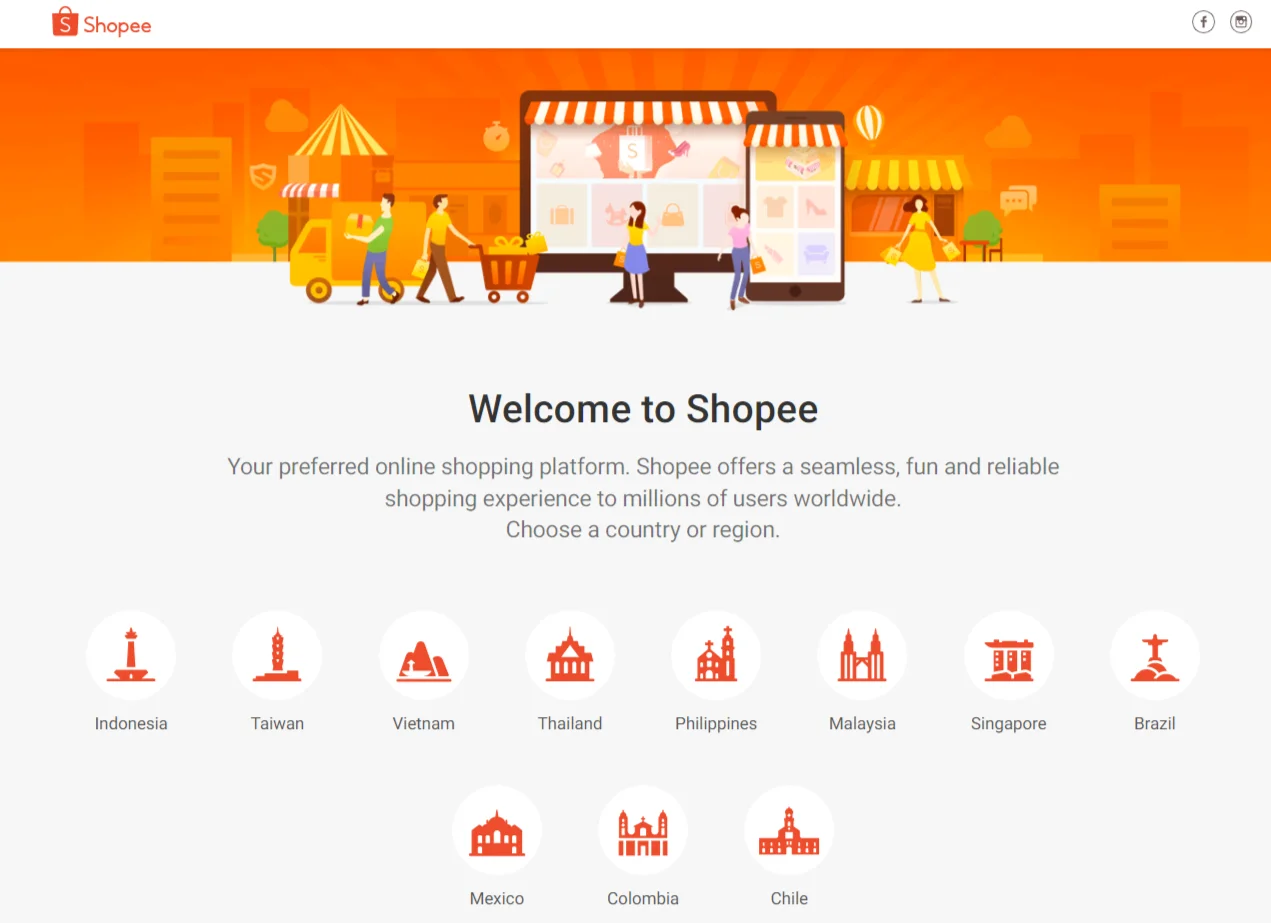
As its tagline says, Shopee is the leading eCommerce platform in Southeast Asia. But that’s not it. Tencent’s semi-backed Shopee has a total of 15 official websites for Asia, Europe, & the Americas. However, apart from Brazil it only succeeded only Asia.
Shopee rules Southeast Asia. It is originally a Singaporean brand but has its reach to every possible shopper in SEA countries. Shopee brings a comprehensive assemblage of products and services – fashion, electronics, beauty, automotives, sports & outdoors, and so much more.
The secret behind the vast success of Shopee resides in its policies for sellers & customers. Shopee Seller Education Hub makes it so much easiest for its sellers to establish proper compliance and understand Shopee seller policies.
Why Set Up A Shopee Shop For An eCommerce?
Choosing Shopee to establish a presence of your eCommerce in Southeast Asia could prove to be a master move, even if you’re a beginner. It has its own supply & logistics solutions, and local language customer service.
Without any effort, you get an infrastructure, inventory management, a customer base, and marketing at a minimal cost. And there are always cross-promotion opportunities.
Lazada
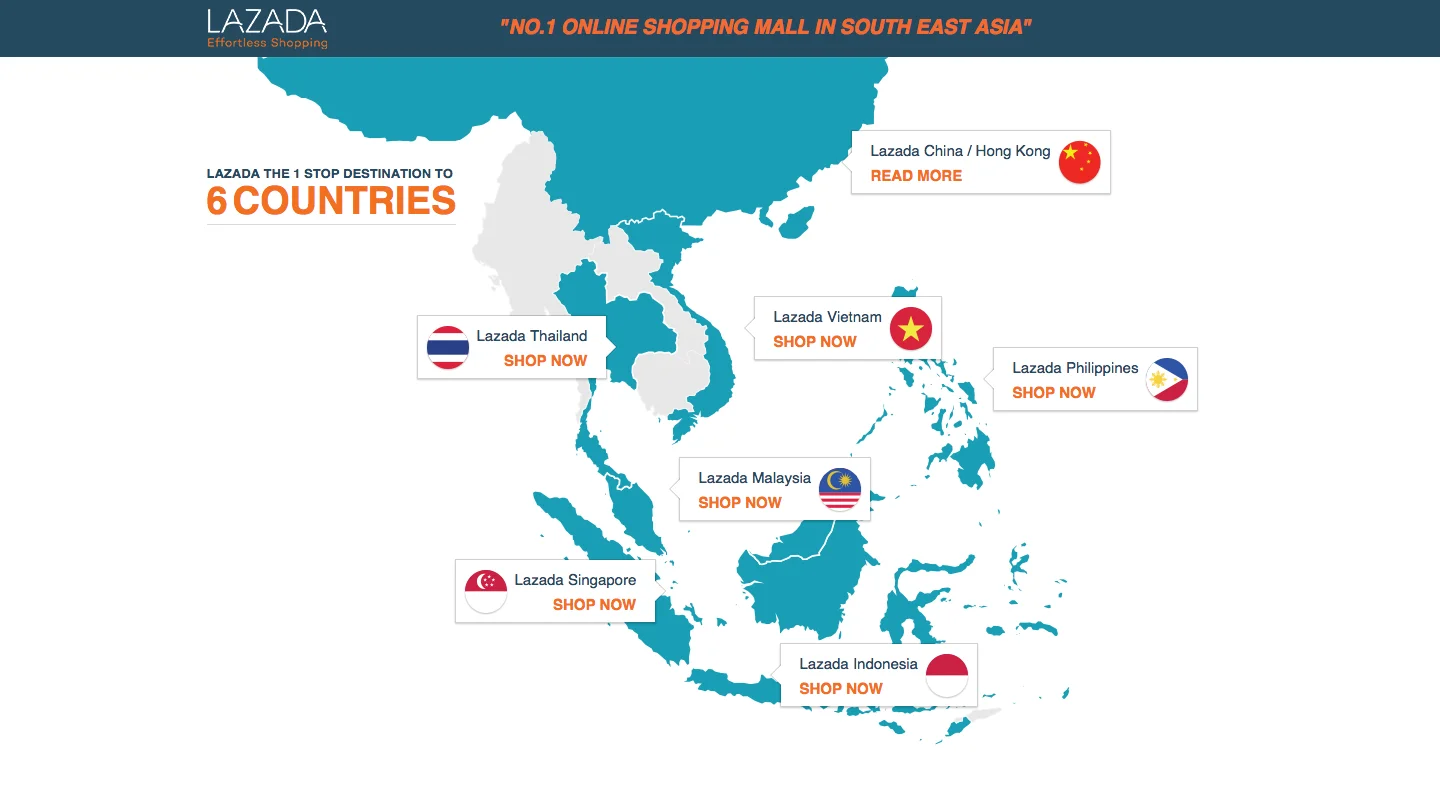
Next to Shopee is Lazada. Owned by Alibaba Group, originally Lazada is the brainchild of Maximilian Bittner and Rocket Internet. The best in the Southeast Asia eCommerce market, Lazada was launched with the intention of countering the weak presence of Amazon among Southeast Asia eCommerce companies.
The multi-vendor store comprises an impressive selection to cater to its customers in Indonesia, Vietnam, Malaysia, Thailand, Singapore & the Philippines.
Benefits of eCommerce In Southeast Asia As A Lazada Shop
Take an example of a well-established Indonesian fashion brand Berrybenka. The multi-facet fashion brand, best known for ravishing dresses, has an amazing presence in the market. Yet, there is a Beryybenka store at Lazada.
Such is the extent of Lazada that here a brand can attend to a vast majority of prospective buyers with minimal effort.
Qoo10

Qoo10 actively collaborates with local sellers in each SEA country to ensure a wide range of products and better availability. The multivendor eCommerce has 7 localized online marketplaces in 5 countries.
Localization Benefits You Get As A Qoo10 Seller
- Local Payment Options – You’ll have the locally preferred payment options – credit/debit cards, bank transfers, e-wallets, and even cash-on-delivery in some regions.
- Local Language Store – Qoo10 supports multiple languages, including English, Chinese, Malay, Thai, and Indonesian, among others. This allows users from different SEA countries to access the platform in their preferred language.
- Customer Support – Qoo10 provides customer support in local languages to assist users from different SEA countries.
Carousell

Carousell is popular for faster onboarding of sellers. The 2nd biggest marketplace in Singapore and the top eCommerce in Southeast Asia. The presence of this eCommerce in Southeast Asia – Hong Kong, Indonesia, Malaysia, Singapore, Taiwan, and the Philippines.
Benefits Of Having A Carousell Online Store
- Taxation Solution – Carousell gives you complete control with minimal effort. You can levy taxes on purchases based on the location of your customer.
- Payment Services – You can hand your customers all the options with payment methods and gateways available at Carousell
- Logistics Services – Carousell supports various popular shipping options for its sellers to choose from – Ninja Van, J&T Express, DHL, and more.
- Region-Specific Categories – The region you choose for selling through Carousell will define the category names your store will have.
Best Practices For Creating Online Store In SEA Region
Developing a Localized Website
Translating and adjusting your website to local needs seems unnecessary. It takes too much time and isn’t accurate. However, it will pay off in the long term.
Although, not much is needed if you automate your website using the above-discussed eCommerce platforms. With the above, you can translate the whole website, offer local language support, or enjoy custom-made promotions with ease.
Southeast Asian Payment Systems
Southeast Asia has diverse payment preferences – card payment, digital wallets, bank transfers, cash-on-delivery, POS collection, and you name it. Moreover, you too can offer all of this by integrating with the right payment providers and gateways.
In addition, eCommerce in Southeast Asia vastly encourages the usage of promotions & coupons. Furthermore, you must consider enabling local currencies and this also allows you to avoid currency conversion fees and offer a seamless experience.
Managing Logistics and Fulfillment
Establishing your online business in Southeast Asia will involve partnering with local warehouses in the region for delivery promises. This will make sure of timely delivery and also gives you cost-efficiency.
To receive a quick and favorable response from the customer who chooses you, it is best to keep your logistics services in check.
Besides delivering the product, it’s all about the experience. Most eCommerce platforms offer you in-house logistics and fulfillment partners facilitated. So, choose wisely. DHL, SF Express, J&T Express, & Ninja Van are some popular ones.
Implementing Effective Digital Marketing Strategies
If you’ve checked off website localization then you’re already on the path of the right digital marketing. Next is, setting foot on social channels and local search engine optimization (local-SEO) to establish your eCommerce platform in Southeast Asia seamlessly.
Ensure the mobile-friendliness of your website or prefer an app if you can. It’s not a trend, nowadays everyone wants everything in the span of their palm. Latest studies have shown 50% eCommerce relies on mobile purchases. So, if you want to double your audience bring the app into consideration.
Do all this, keep on continuous testing and optimization and then repeat.
How MakeWebBetter Can Help?

Inbound marketing and personalization are recommended to keep your customers engaged. But taking on these tasks manually may result in perfunctory and could be an acute waste of valuable time.
Although marketing and personalization have become integral parts of eCommerce. There are several options available in the market for similar products, it’s about how you can generate an emotional appeal for the customer to associate with.
So, here a CRM has a role. Yes, you need a Customer Relationship Management tool to operate and manage all of it. To get on top of your marketing, sales, and customer management efforts, try the following HubSpot integrations & tools.
HubSpot WooCommerce Integration

Try HubSpot WooCommerce Integration. Get automated data sync, seamless WooCommerce contact management, RFM segmentation, deal mapping in HubSpot, popular workflows, lists & properties. Moreover, track abandoned carts, enhance email marketing campaigns, and full-on marketing automation.
HubSpot Shopline Integration
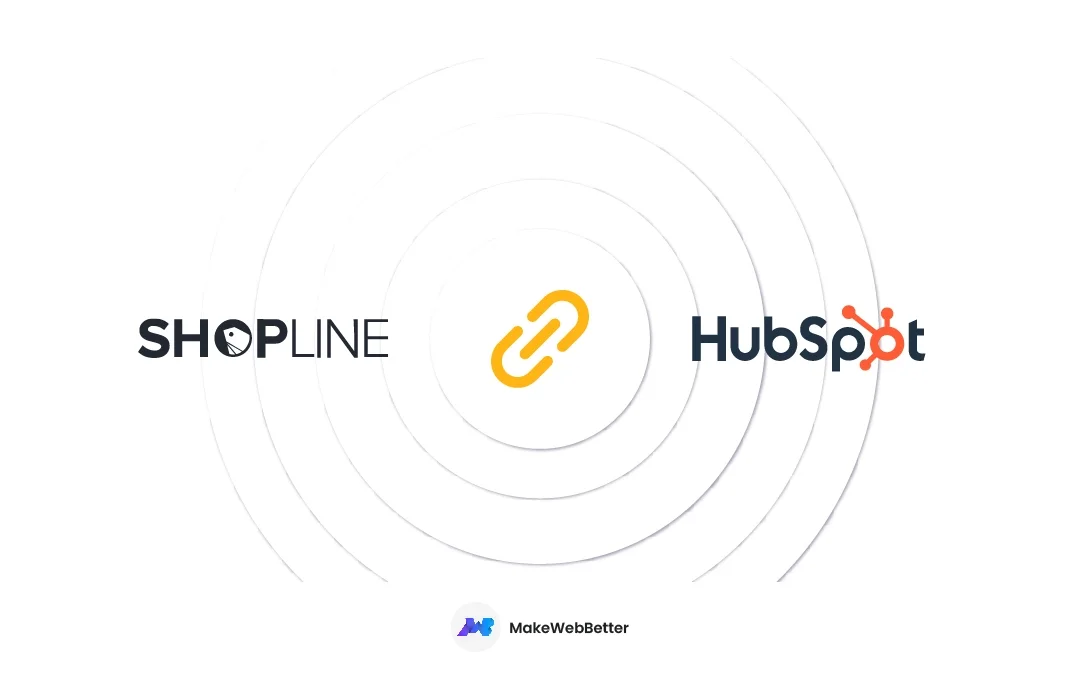
In need of better supervision of marketing campaigns and inbound efforts for buyer’s journey, you must give HubSpot Shopline integration a try. Become efficient with marketing automation workflows, enhance marketing tracking with core analytics & sale tracking aided by custom deal mapping. Enjoy seamless data sync and better contact management with RFM segmentation, lists, custom properties, & more.
HubSpot Custom Integration

Your eCommerce should never have limitations. Whatever you need, ask us. Get HubSpot custom integration services for your eCommerce store. We ensure the fullest utilization of HubSpot access and implementation of eCommerce automation.
FormPay

FormPay by MakeWebBetter, enables your customers worldwide to make payments effortlessly using convenient payment forms, by employing the gateways of your preference.
Whether you need to process one-time payments or recurring; collect, track, manage, and reconcile payments seamlessly. This app supports region-specific payment methods, offers tax calculations, and has your native currency to collect your payments in.
The best part is that you can create a payment form in FormPay using only HubSpot forms. Use the HubSpot free version can be utilized for this purpose.
Automated Coupons
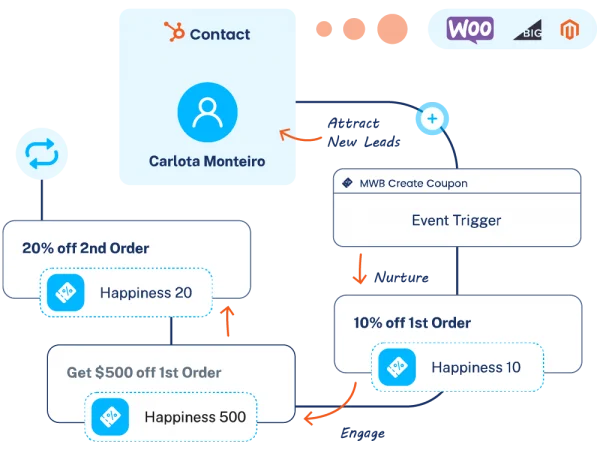
Attending to a need for personalization, we have a quality solution for your personalized marketing effort. Try HubSpot Automated Coupon by MakeWebBetter to set up automated coupon generation with coupon rules and limitations. Moreover, track coupon marketing campaign performance in HubSpot.
Conclusion
Your efforts will count. Analyze your requirements, research the category you’re offering, and find features that suit your business style. The above-discussed platforms are more than capable of helping you devise an exceptional eCommerce infrastructure.
I hope this read has contributed to your business journey. Now, you might comprehend what is required to set up your online business in Southeast Asia and how it will go in the long run. Cheers!
Got Questions?
Reach out to us for related discussion or to put your queries.

